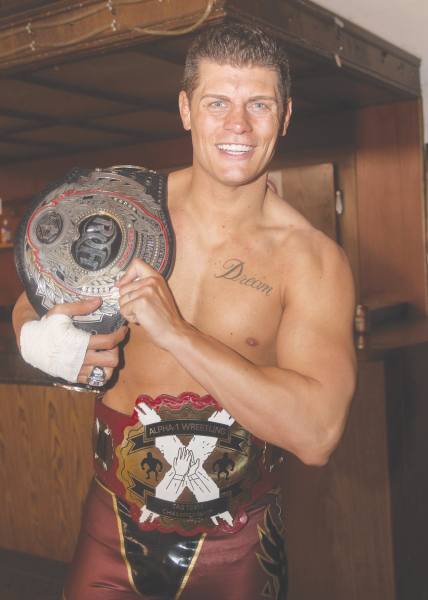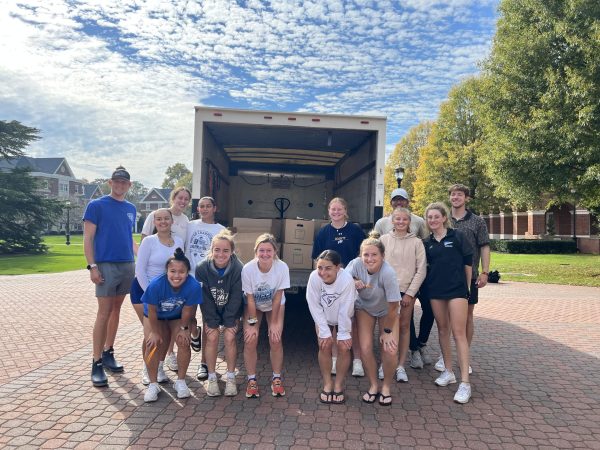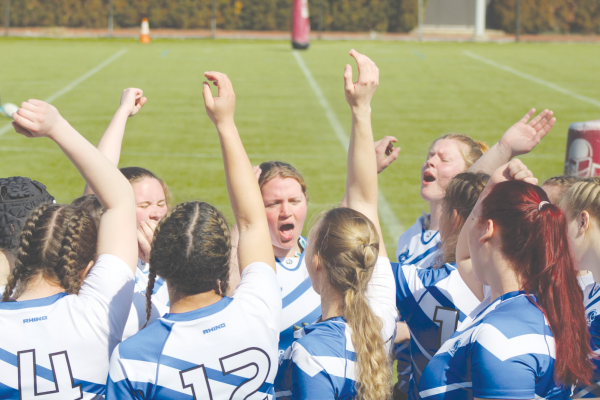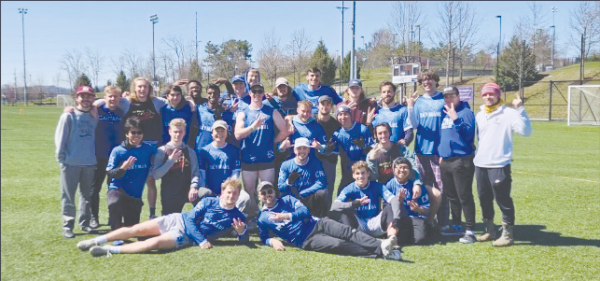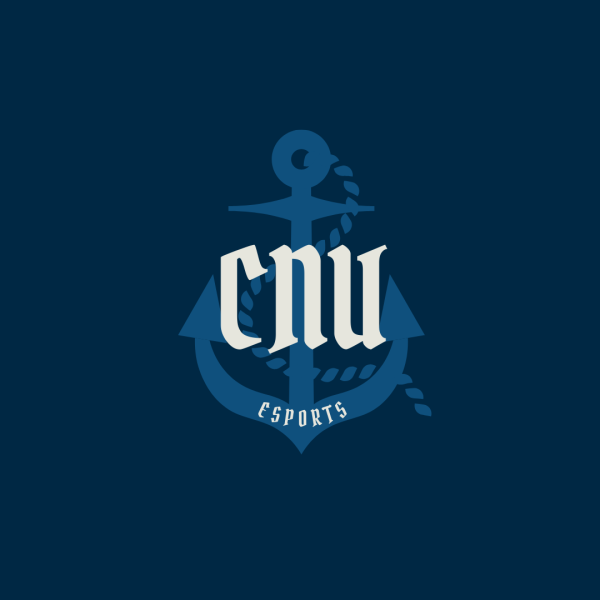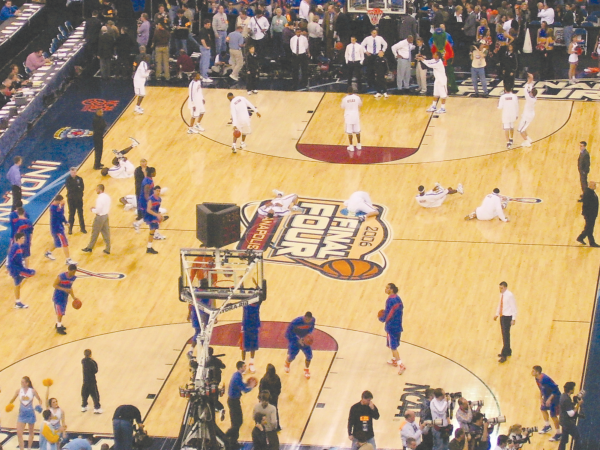The NBA’s Youth Movement Is Hurting the Leagues Products.

Photo from Flickr
Ever since Adam Silver took the reigns of the NBA from the late David Stern, the NBA has been an incredibly player-friendly league. The league’s management relaxed many rules for the players such as the dress code and the league’s marijuana policies.
With that being said, one rule that remains for NBA hopefuls is that you must be one year removed from highschool to enter the NBA draft and you must also turn 19 years of age within the calendar year of the draft.
However, the rules were not always this way. NBA legends like Moses Malone, Kevin Garnett, Kobe Bryant, and Lebron James went straight from high school to the NBA.
This trend came to an end In 2006 when players were disallowed to go to the NBA from high school as part of the league’s new Collective Bargaining Agreement (CBA) at the time.
Unknowingly the NBA had just created a problem for NBA hopefuls with the talent to go straight to the league.
For the majority of players who skipped college for the NBA, it was more of a financial decision than anything
According to LeBron James When asked why he didn’t attend college he stated that “Me and my mom wouldn’t be able to benefit at all from it”
For James and many other athletes who at least thought they were on the same level as him, the NBA had prolonged the process of them changing their family’s fate for generations to come.
With playing sports being so rigorous, nothing was necessarily guaranteed. With every college game played, players were risking millions of dollars. To them, this was wrong but there appeared to be no alternative.
This was until 2008 when Brandon Jennings came along. He was a shifty 6’1” combo guard out of Oak Hill Academy. He was the first player to go directly from high school to a European league in the wake of the NBA’s new rules pertaining to draft eligibility. Jennings was ineligible for college due to his SAT scores and couldn’t go to the NBA due to the aforementioned rules.
Jennings signed a 1.65 million dollar deal with former Italian Euroleague team Lottomatica Virtus Roma. While I’m sure Jennings was not trying to start a trend, he did just that.
Players like RJ Hampton, Jeremy Tyler, Emmanuel Mudiay, and Terrance Ferguson all followed in Jennings’s footsteps, and while this never became a super popular route to the NBA it set the Stage for other ways to become an NBA Player.
In 2020 the NBA and its developmental league (G-League) created a team for high schoolers that wanted to get to the money as fast as possible but still had to adhere to the rules. This new team called the G-League Ignite was supposed to be a place for the best players to play together in harmony on their way to the NBA
While this sounds like a good idea in theory, in practice, it doesn’t work quite as well.
A perfect example of the downside of the G-league Ignite is the story of Isaiah Todd. The 5 Star Forward was a coach’s dream and the 20th-ranked high school player in the nation in 2020. He could shoot, pass, dribble, and defend. He paired his rich skill set with a humble attitude and lowkey personality. Todd had plenty of division 1 offers but decided to turn professional would be the best thing for him.
Todd played on the first iteration of the G-League Ignite and quickly found himself lost in the sauce. Surrounded by higher-rated players such as Jalen Green and Jonathan Kuminga, Todd found himself playing a more supportive role.
When The Ignite’s Coach Brian Shaw was asked about Todd he went on to say “At 6-10 he has good size and I had him in drills with the guards. He can shoot as well as any of them from 3. He has an off-the-dribble game, a skill set that allows him to play on the perimeter and in the post. He was the energy of the team. You don’t have to pump him up to get him going and he was probably the favorite teammate of everyone.”
Simply put, Todd had the skills, mindset, and personality to be a great player, but with more ball-dominant players like Jalen Green and Jonathan Kuminga on the court with him his nature was to play a secondary and even tertiary role.
Todd was picked 34th by the Washington Wizards but had struggled in the league. He never developed the ability to work himself into the game alongside other great players, which is an ability he could’ve learned in College.
The main point of his story is that college helps round out and refine players’ games and that many players whether they know it or not, need to have their games refined and adjusted.
NBA Legends of the past that skipped college were still brought up in an era where defense, effort, and shot selection were paramount at every level.
More now than ever college is a near-necessary step in a young player’s development. As the value of defense and good shot selection has diminished, players need to learn how to play and stand out in a system not meticulously crafted for them to succeed as most of their high school programs were.
With more and more players coming into the NBA from the G league ignite, overseas, and 1 (or less than 1 in some cases) years of college basketball, the NBA’s product has fallen off in certain aspects.
The level of offensive talent in the NBA has never been higher than it is right now. However, the offensive efficiency has seen dips as lower percentage shots are being taken and less prepared players are playing more and more.
According to StateMuse, The top 10 Players in Player Efficiency Rating (PER), a stat that takes many different aspects of a player’s game and combines it into a rating determining had efficient they are, are mostly from outside the US or played multiple years in college
Players that Grow up outside the US are usually very well-rounded and taught the importance of defense and other parts of the game.
Of the top 10 in PER, five played all of their pre-NBA basketball outside the United States, and 3 Played 2 or more years In college where they were able to hone their craft. The other 2 are generational talents, Jayson Tatum and Lebron James.
These more well-rounded and refined players have found a way to dominate the NBA.
With all of that being said, The NBA’s problem with shot selection and efficiency isn’t even their most alarming problem.
Defense in the NBA has become secondary to scoring and it is becoming very apparent. While the league’s offense continues to evolve and develop defenses continue to stay stagnant.
This poses the question, Is the NBA’s defense getting worse or is its offense becoming more unstoppable?
While the answer is probably a bit of both, the NBA has to act on the appearance of bad defense before it becomes synonymous with the league.
Back to the point of more experienced players being more capable of playing within a system, according to StatMuse, out of the top 10 players in defensive rating, a stat that takes all your defensive stats and combines them into a rating, seven are either European or played 2 or more years in college. The other 3 players are all 6’9” or taller with insane athleticism (Jarrett Allen, Evan Mobley, Bam Adebayo).
The inverse of these players are the league’s worst players in defensive rating, out of the top 10 worst players in this stat, 6 of them either played no college basketball or played 1 season in college.
Simply put, While the skill and talent level of the NBA is at an all-time high, the influx of players coming into the NBA that are underdeveloped is greatly damaging the level of play.
The brain trust of the league needs to figure out a way to incentivize development more before entering the League. Whether it’s giving players with more years removed from high school larger signing bonuses upon entering the League or giving players in college more expansive insurance packages on their bodies if they sustain an injury, they have to find a way to make players see the upside of development prior to the NBA.
Your donation will support the student journalists of Christopher Newport University. Your contribution will allow us to purchase equipment and cover our annual website hosting costs.




